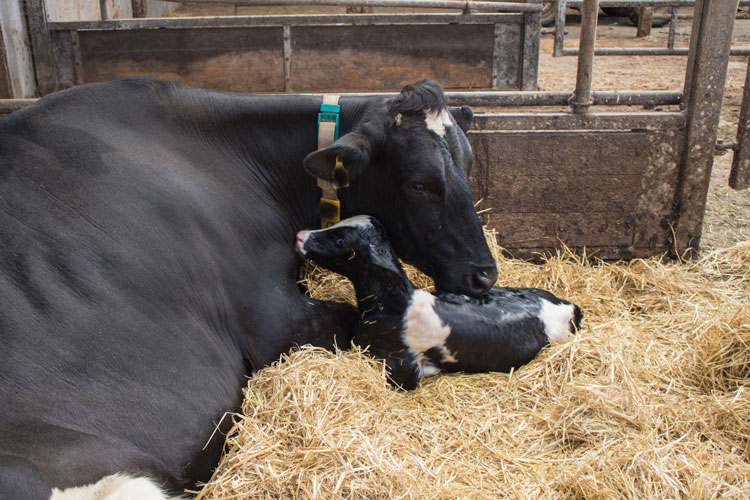
When dairy producers think about mastitis, they likely don’t automatically connect it to reproductive problems, but the two can go hand in hand.
“Mastitis and reproductive problems have a lot of similarities,” said Pam Ruegg, from the University of Wisconsin-Madison, during her presentation at the Dairy Cattle Reproduction Council (DCRC) annual meeting held this month in Reno, Nev. For starters, Ruegg pointed out that mastitis and reproductive problems are the two most economically important management issues on farms.
Numerous research studies have shown that mastitis can reduce frequency of natural estrus, lower conception rates, and elevate pregnancy loss. Ruegg explained that reduced reproductive performance is related to the inflammatory response of the body caused by mastitis.
Ruegg said the timing of mastitis determines its impact to fertility, with the most critical time period being between breeding and pregnancy diagnosis. Both clinical and subclinical mastitis have been shown to have an effect on reproduction.
Getting a handle on both clinical and subclinical mastitis will not only improve milk quality but can also enhance reproductive efficiency. Ruegg shared these steps for minimizing the effects of mastitis on reproduction.
- Identify all cows that have subclinical mastitis. This can be done using individual cow somatic cell counts (SCC) every month. Any SCC over 200,000 cells/mL is evidence of subclinical infection. Aim to minimize new infections during the critical breeding risk period.
- Identify all cows that have clinical mastitis. Do this by forestripping all cows and identifying abnormal milk using a severity scoring system. Record all cases, even if not treated.
- Use SCC and clinical mastitis data to identify chronic cows.
- Culture chronic cows to determine pathogens.
- Control major pathogens that cause high SCC, as chronic infections that cause high SCC will have a profound effect on reproduction.
- Reduce exposure to those pathogens, especially in early lactation.








